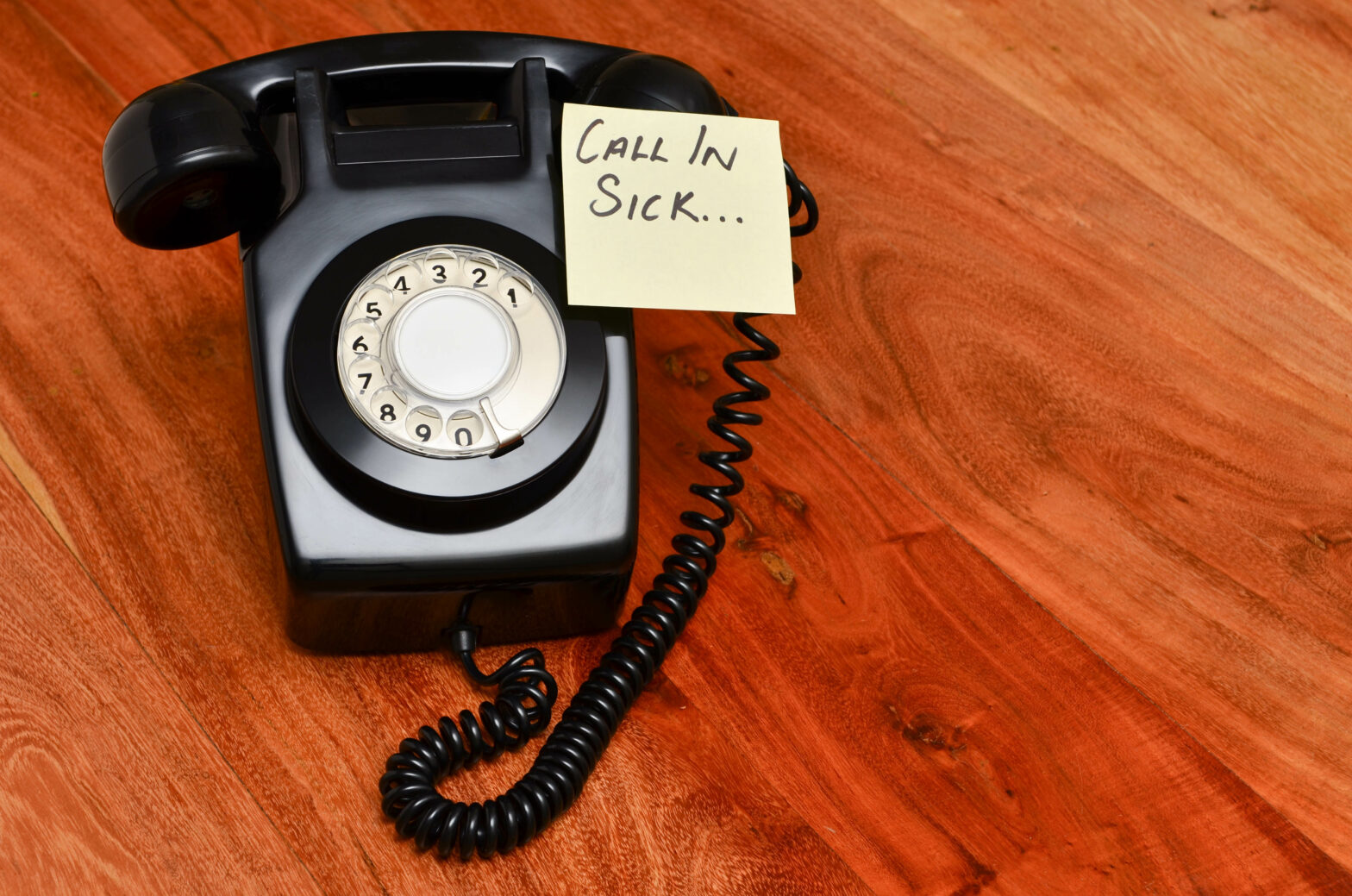For any business, absence is a major expense which in most cases can’t be avoided. Absence can include things like compassionate leave, but for most employers the big one is sickness, accounting for 90 per cent of all absence. But how many are staff pulling sickies?
While everyone gets sick at some point and needs time off to recuperate, in the UK we take an usually high number of sick days each year. According to PwC research, employees here take 9.1 sick days a year, which is nearly double that of US workers (4.9) and four times as many as those in Asia-Pacific (2.2).
In most cases sickness absence is legitimate, but pulling a ‘sickie’ is something which is particularly prevalent in the UK. What should employers do about it?
For me, the answer is simple: do nothing. That’s not weak management. I see it as a pragmatic solution to something which isn’t that much of a problem in my own business. Even if it was, I’d probably still think twice before challenging an employee about a sickie, because it’s a situation that has the potential to blow up in your face.
Calling an employee out over a sickie can lead to a host of problems, ranging from a dip in morale and productivity through to an employee calling in the lawyers. Its for this reason that I think we take so many sick days in this country, because employees know that they have a raft employment laws on their side.
Size of business matters
The relatively low levels of sickness absence in my business aren’t uncommon. In fact, employees that work in smaller companies typically take fewer sick days than those in larger organisations. This is illustrated in the CIPD report on sickness absence in 2015.

The chart shows that for smaller companies with less than 49 employees, the average number of days taken through sickness absence is only 4.2, a figure which rises steadily as the size of the company increases.
There are a number of reasons for this, but key to it all is the fact that smaller businesses tend to benefit from having a much stronger company culture. As a result, employees typically share a stronger commitment to the company vision, which can help to increase their sense of purpose and their desire to work hard for the cause. This has the knock-on effect of not wanting to let their team down, thus taking less sick days.
Because if this strong culture employees is smaller businesses also feel more able to express their needs to their boss and find an alternative way of dealing with a situation. SMEs also have a more flexible working culture, where working from home is commonplace, and this also removes the need to pull a sickie to deal with sudden family issues or receive a home delivery.
Reducing sickness absence
There are a number of ways that employers can reduce the number of sickies that their staff take. You can start by granting staff a ‘duvet-day’ each year. The duvet day, much like a sickie, is a day when employees can choose not to come to work without recrimination.
If you don’t already, then recording and monitoring absence is another particularly effective way of reducing sickness absence. It doesn’t have to be a complex undertaking, but once employees know that their sick days are being tracked, then the number of sickies taken tends to reduce.
Finally, there’s the nuclear option, also known as the Bradford Factor. This method uses a formula developed by Bradford University, which helps businesses to measure the frequency and impact of unplanned absence. It works by applying a weighting to each unplanned day of absence. So for example, if someone calls in sick on a Monday it receives a higher weighting that a Wednesday. A three-day absence will score higher than a two-day absence, etc.
Each employee receives an accumulative Bradford Factor score for the year. If their score falls beneath the trigger score than all good, but if their score is higher then its down to the employer to decide what happens next.
Summary
Unfortunately, pulling sickies isn’t something that is going away anytime soon. However, as a small business owner its down to you to create the culture and provide the flexibility, so that employees feel able to discuss alternative solutions rather than having phoning in sick.
While there are other solutions available for reducing sickness absenteeism, challenging an employee about the validity of their sickness will rarely work out in your favour.





